Pruning is a fundamental practice for maintaining healthy and vigorous rose plants. Proper seasonal pruning promotes strong growth, enhances flowering, and shapes the overall structure of your rose garden. Explore these seasonal pruning tips to ensure you’re providing your roses with the care they need throughout the year.


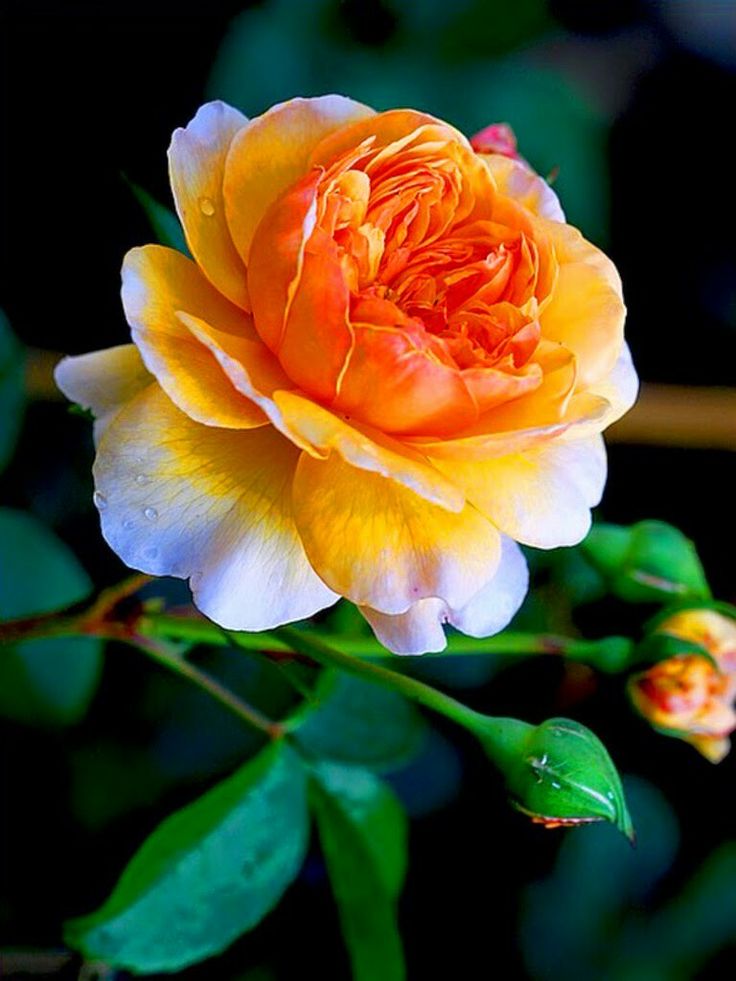
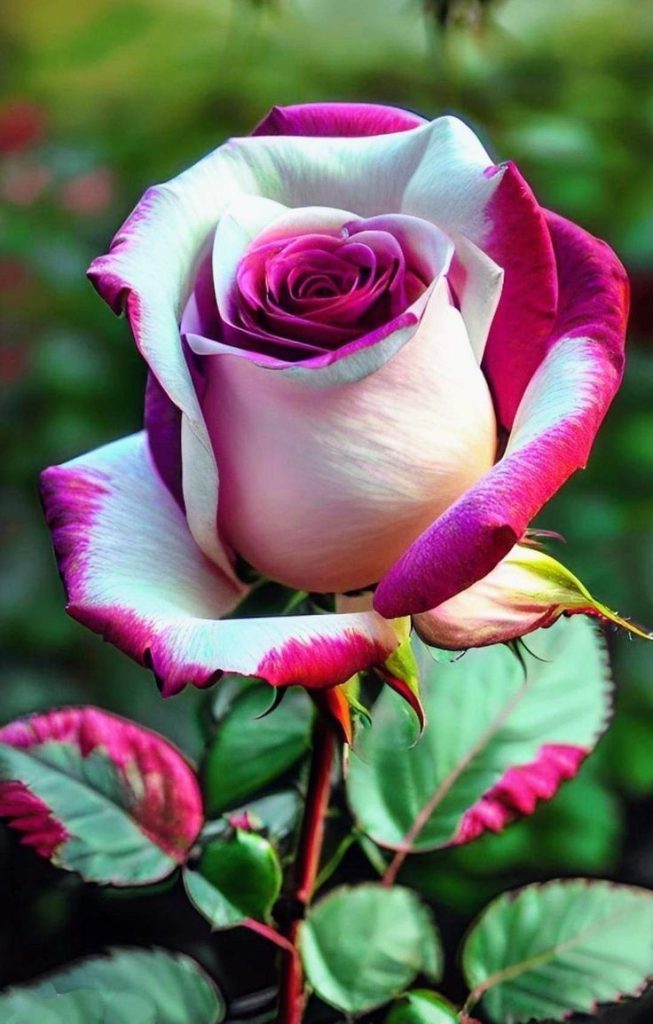



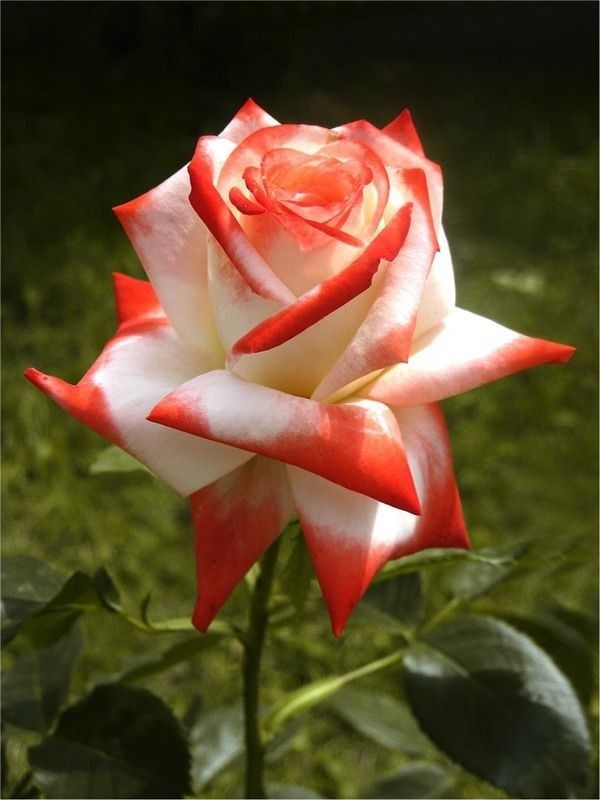

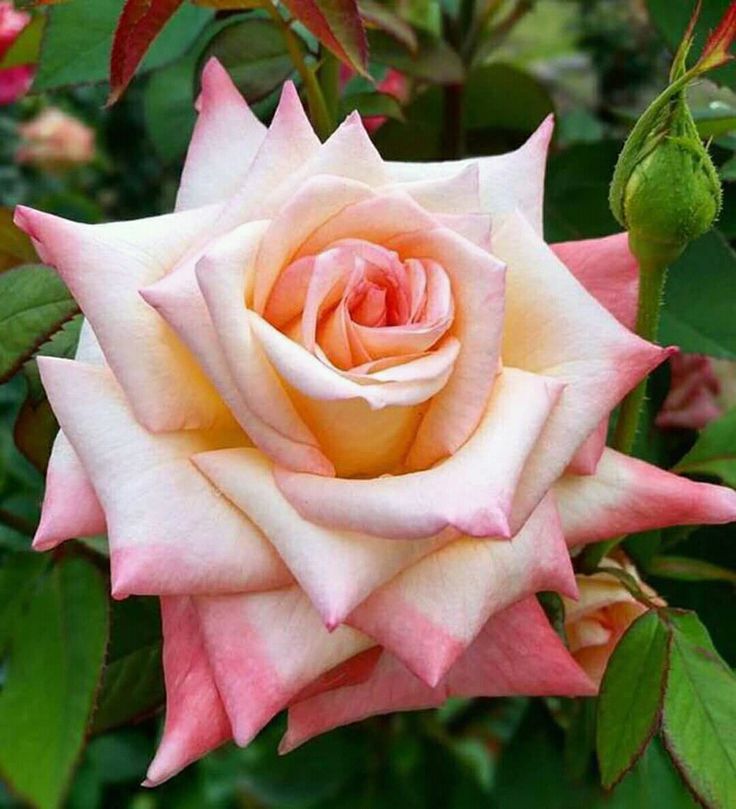

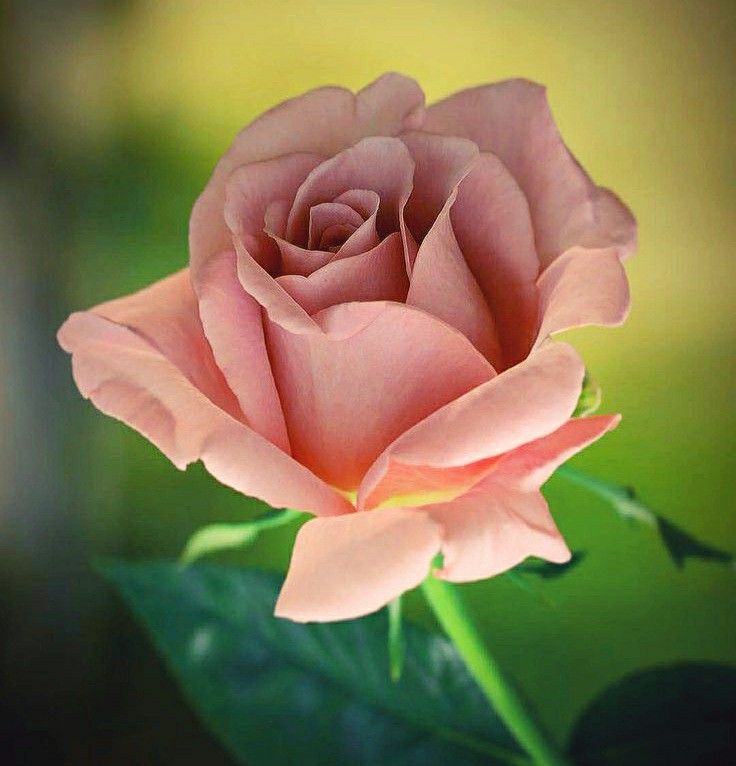
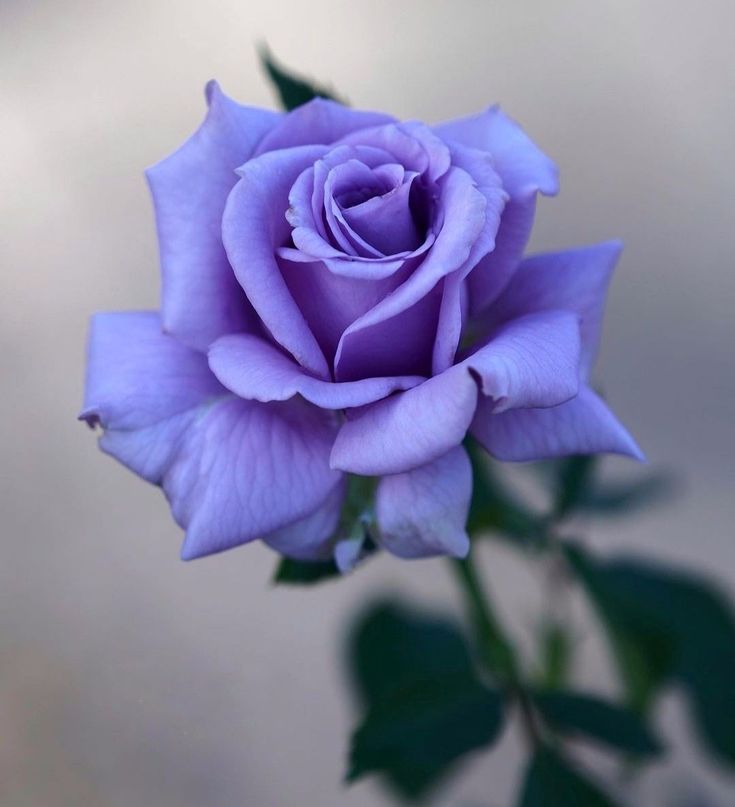

Spring Pruning: Encouraging New Growth
Tip:
- Remove Winter Damage:
- Begin spring pruning by inspecting your roses for winter damage. Remove any dead or damaged wood, cutting back to healthy tissue.
Tip:
- Shape and Structure:
- Focus on shaping the overall structure of the rose bush. Prune back to outward-facing buds to encourage an open and balanced shape. Remove any crossing or inward-growing branches.
Tip:
- Reducing Height:
- If desired, reduce the height of the rose bush by cutting back canes by about one-third. This helps control the size of the plant and encourages new growth from lower buds.
Tip:
- Clean Cuts:
- Use clean and sharp pruning tools to make precise cuts. Aim for a 45-degree angle to promote efficient water runoff and minimize the risk of diseases.
Summer Pruning: Maintaining Shape and Encouraging Blooms
Tip:
- Deadheading Spent Blooms:
- Continue deadheading throughout the summer to encourage the continuous production of new blooms. Remove spent flowers along with developing hips.
Tip:
- Light Pruning:
- Perform light pruning as needed to maintain the shape of the rose bush. Remove any straggly or wayward growth to keep the plant tidy.
Tip:
- Controlled Growth:
- Trim back excessively long stems to control the overall height and promote bushier growth. Focus on shaping the plant to your desired form.
Tip:
- Aerate the Center:
- Ensure good air circulation by removing some of the inner growth. This helps prevent disease by allowing sunlight and air to reach the center of the plant.
Fall Pruning: Preparing for Winter Rest
Tip:
- Final Deadheading:
- Continue deadheading in the fall to prevent the formation of rose hips and encourage the plant to focus on preparing for winter dormancy.
Tip:
- Remove Weak Growth:
- Identify and remove any weak, diseased, or spindly growth. This prevents these issues from carrying over into the next growing season.
Tip:
- Fall Cleanup:
- Conduct a thorough cleanup around the base of the rose bush. Remove fallen leaves and debris to reduce the risk of disease overwintering.
Tip:
- Delay Heavy Pruning:
- Avoid heavy pruning in the fall, especially in colder climates. Allow the rose to retain some of its top growth for winter protection.
Winter Pruning: Dormant Season Maintenance
Tip:
- Late Winter Pruning:
- In late winter or early spring, perform a final round of pruning. Remove any remaining dead or damaged wood and shape the plant before the new growth begins.
Tip:
- Thinning for Airflow:
- Thin out the rose bush to improve airflow. This is particularly important for preventing fungal diseases during the growing season.
Tip:
- Final Shaping:
- Make any final adjustments to the shape and structure of the rose bush. This sets the stage for healthy and balanced growth in the coming season.
Tip:
- Pruning Climbing Roses:
- Prune climbing roses to maintain a framework of strong, healthy canes. Remove any dead or weak wood, and tie or train canes as needed.
Conclusion
Seasonal pruning is a dynamic and essential aspect of rose care, influencing the health, appearance, and blooming of your rose garden. By following these tips for each season, you’ll establish a routine that supports the continuous growth and beauty of your roses. Enjoy the rewards of a well-pruned and flourishing rose garden.
FAQs
- Can I prune roses in the middle of the summer?
- While light pruning is acceptable during the summer to control growth and maintain shape, heavy pruning is generally best done in late winter or early spring.
- Should I fertilize immediately after pruning?
- It’s beneficial to fertilize after pruning in early spring to provide nutrients for new growth. However, avoid fertilizing too late in the fall, as it may encourage new growth that is vulnerable to winter damage.
- How much of the rose bush can I prune at once?
- As a general guideline, avoid removing more than one-third of the plant at once to prevent stress and shock. Gradual pruning over multiple sessions is preferable, especially for severe cuts.
- Can I prune roses during the dormant season if they’re still green?
- It’s best to prune roses during the dormant season when they are not actively growing. If they are still green, wait until late winter or early spring for pruning. Avoid pruning during freezing conditions.
- Is there a specific time of day to prune roses?
- Prune roses during the cooler parts of the day, preferably in the morning or late afternoon. Avoid pruning during the hottest part of the day to minimize stress on the plants.